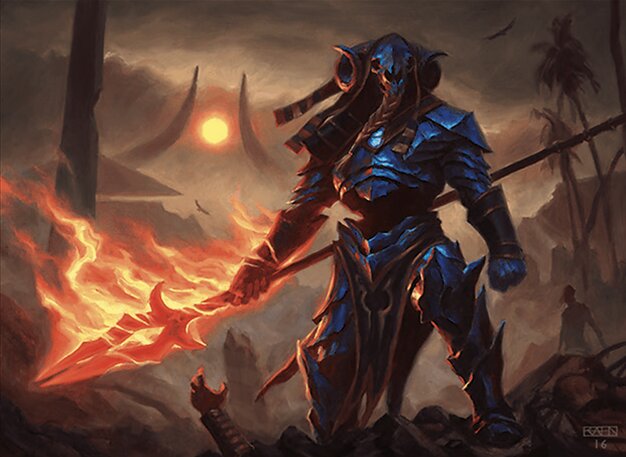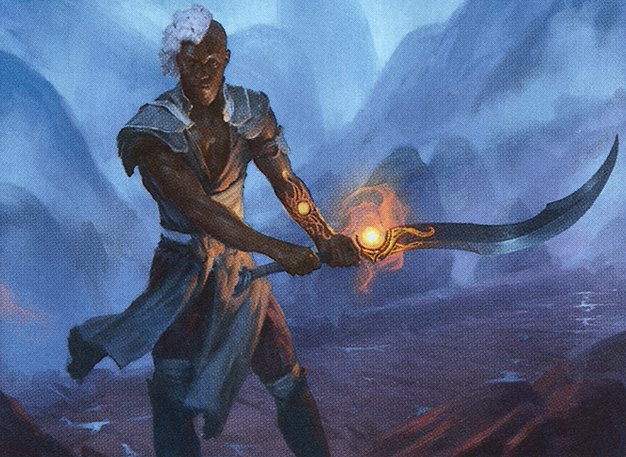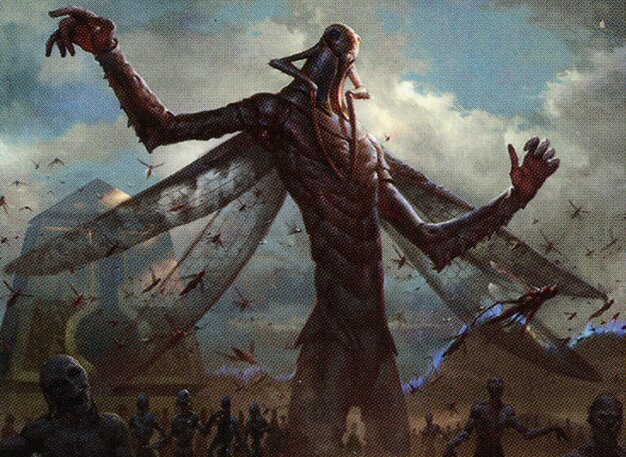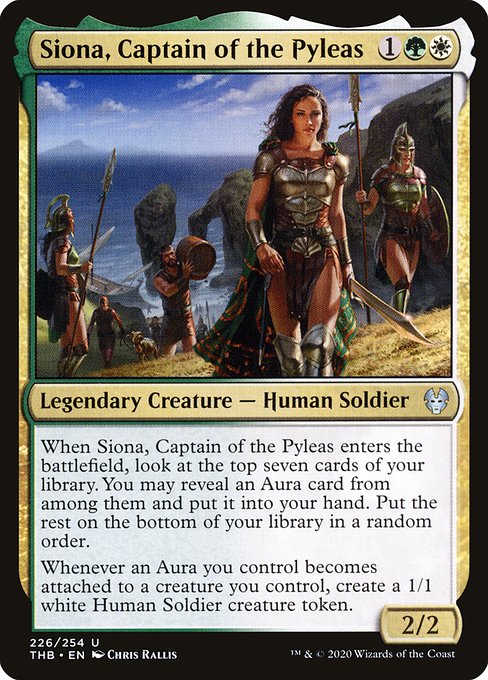Deck & Commander Strategies

Siona, Captain of the Pyleas
Leverages enchantments and auras to create token armies and gain incremental value, aiming to overwhelm opponents through wide board presence and synergy.

Neheb, the Eternal
Uses combat damage to generate extra mana and unleash powerful red spells, focusing on aggressive damage and resource advantage to dominate the board.

General Grievous (Wyleth, Soul of Steel)
Artifact and aura based beatdown deck that enhances creatures with equipment and auras, aiming to smash opponents with strong, synergistic creatures.

The Locust God
A card draw and token generation deck that creates flying insect tokens and benefits from creatures dying, maintaining board presence and card advantage.
Gameplay Insights
- 1
Joe’s choice to build a Siona deck with enchantress elements introduced a unique token synergy that could snowball quickly by casting multiple auras.
- 2
Neheb’s strategy of using combat damage to generate mana allowed for explosive turns and casting of impactful spells, putting pressure on opponents early.
- 3
General Grievous’s focus on artifact and aura synergies created a resilient board state that could become difficult to remove if left unchecked.
- 4
The Locust God’s approach to drawing and recurring cards with token generation provided sustained value and a defensive mechanism against board wipes.
- 5
Early mana development and cautious land drops set the stage for each player to execute their deck's game plan methodically, emphasizing the importance of resource management in multiplayer Commander.
Notable Cards
-

Forgotten Cave
-

Temple of Triumph
-

The Locust God
Gameplay Summary
The game featured four players each piloting thematic Star Wars-inspired decks in a multiplayer Commander match.
Joe played Siona, Captain of the Pyleas, utilizing an enchantment and token synergy deck that aimed to generate value from casting auras and building a wide board presence.
John commanded Neheb, the Eternal, focusing on a red-based aggressive strategy that leveraged damage and mana generation from attacks to fuel powerful spells.
Colin ran General Grievous, a creature-centric deck emphasizing artifact and aura synergies with a beatdown plan supported by equipment and token creation.
Lucas controlled The Locust God, a deck that combined card draw with token generation to overwhelm opponents with flying insect tokens and recurring value from death triggers. Early gameplay saw players developing their mana bases and setting up their strategies cautiously, with several land drops and initial plays establishing tempo.
Joe’s Siona deck began to put enchantments into play to create a growing army of tokens, while Neheb worked to generate mana with combat damage.
General Grievous applied pressure with creatures and auras, aiming to capitalize on aggressive board states.
The Locust God focused on drawing cards and producing tokens to maintain board presence.
Key turning points included the deployment of Samut, Medallion, which boosted mana production, and players responding to threats with removal and interaction.
The game progressed with players jockeying for board control and preparing for lethal swings, though the transcript cuts off before a clear winner emerges.









































![Commander VS S16E7: The Locust God VS Horde of Notions VS Tatyova VS Balan [EDH] thumbnail](https://i.ytimg.com/vi/yqrnU70Qx6I/sddefault.jpg)







